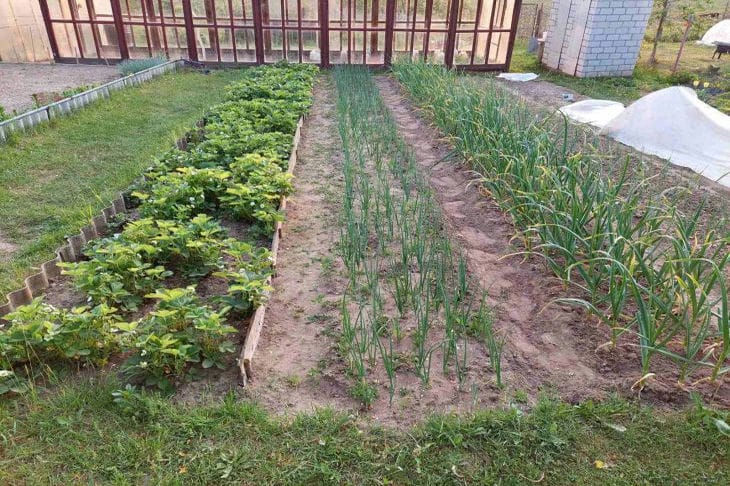Why do they lay newspapers on paths between beds: pros and cons
Laying newspapers between garden beds is one of the most popular methods for gardeners to maintain order and keep weeds under control.
Advantages of the method
1. Saves time and effort. Laying down newspapers takes minimal effort and time compared to digging up weeds manually.
This is especially convenient for busy people who don’t have enough time to take care of their garden, says Anastasia Kovrizhnykh .
2. Soil protection. Newspapers prevent weed growth, thus protecting the soil from temperature fluctuations, retaining moisture and nutrients.
3. Soil improvement: As the newspapers decompose, they add to the soil as an organic fertilizer, improving its structure and fertility.

Disadvantages of the method
1. Decomposition of newspapers: Although newspapers can be useful for improving the soil, some of them may contain plant-harmful dyes and inks that can pollute the soil and harm plants.
2. Unsightly appearance: Laying down newspapers can make your garden look unsightly, especially if they are not covered with a layer of mulch.
3. Ineffective against some weeds. Some weeds can grow through the newspaper layer, making this method less effective.
In conclusion, laying newspapers on the paths between the beds has both advantages and disadvantages.
It is important to consider all factors and choose the method that is best suited for your garden or vegetable patch.
Ultimately, the goal is to create a well-maintained and fertile plot that will bring you joy and harvests for many years to come.
Earlier, the expert explained why the soil in the greenhouse turns green.
